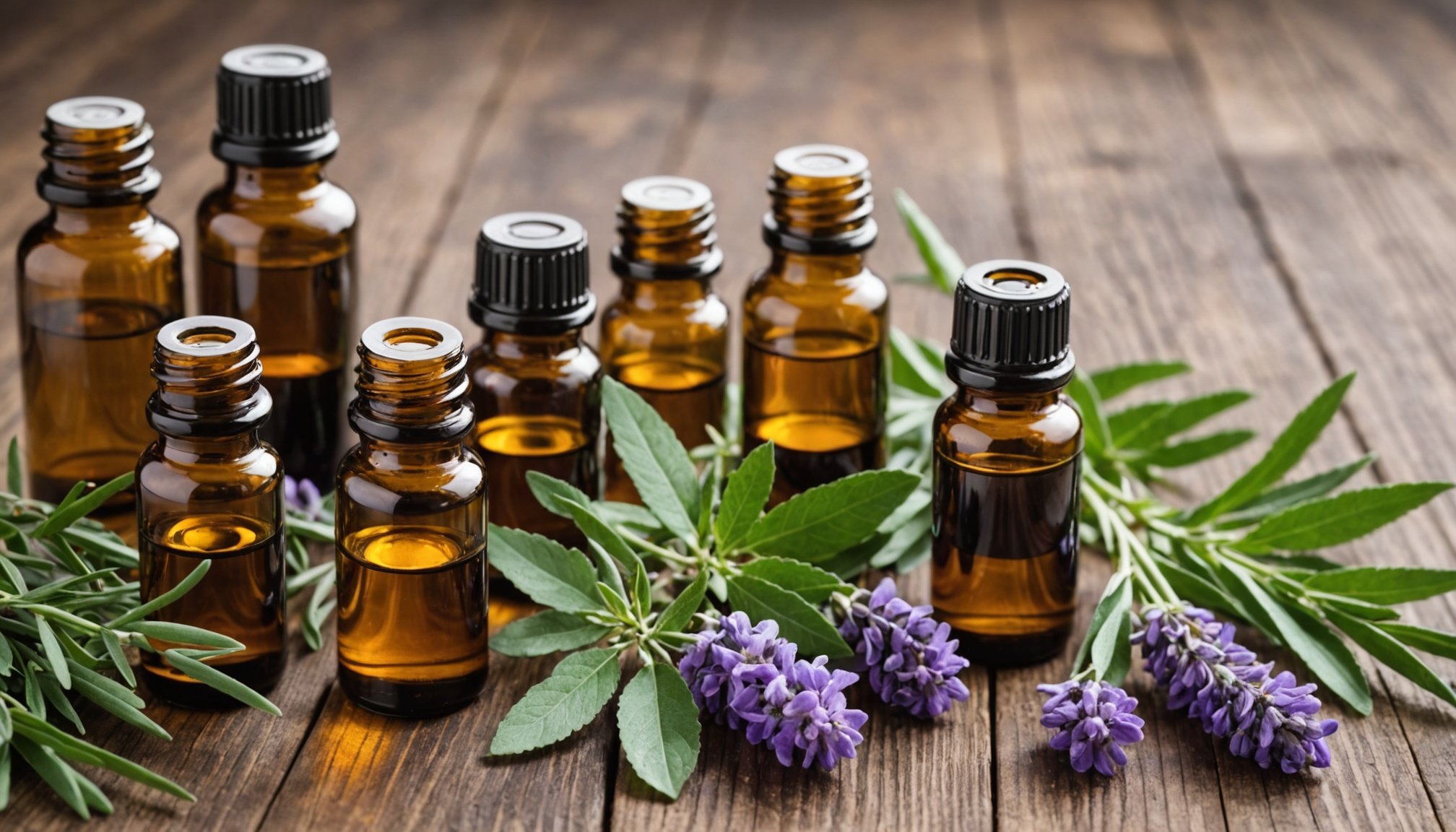Overview of Seasonal Affective Disorder (SAD)
Seasonal Affective Disorder (SAD) is a type of depression that typically occurs during specific seasons, primarily fall and winter. It affects about 5% of the population in the U.S., with symptoms that can be serious enough to impair daily life. Common SAD symptoms include lethargy, changes in sleep patterns, weight gain, and feelings of hopelessness. These symptoms often impact a person’s ability to function both personally and professionally.
One major factor contributing to Seasonal Affective Disorder is the reduction in sunlight during the shorter days of the colder months. This change in sunlight exposure is believed to affect the body’s internal clock and may result in hormonal imbalances. Reduced sunlight exposure can lead to decreased levels of serotonin, a brain chemical contributing to mood regulation. Additionally, it can alter melatonin levels, which affects sleep and mood patterns.
Also to discover : Unlocking Comfort: Do Blue Light Blocking Glasses Truly Alleviate Digital Eye Strain?
Understanding the role of seasonal changes and sunlight exposure in mental health is crucial. Recognising SAD symptoms early can lead to seeking effective treatments that help mitigate the disorder’s personal and social impact, creating a pathway towards improved well-being during the affected seasons.
Understanding Essential Oils
Essential oils are concentrated plant extracts that capture the natural aroma and beneficial properties of plants. They are obtained through processes such as steam distillation, cold pressing, or solvent extraction. These methods are designed to preserve the integrity and potency of the oils, ensuring therapeutic benefits when used in aromatherapy.
Also to see : Exploring the Advantages of Silver Diamine Fluoride for Cavity Prevention in Pediatric Dental Care
Historically, essential oils have been employed in traditional medicine across various cultures for their healing properties. Ancient Egyptians used aromatic oils for embalming, while traditional Chinese medicine incorporated them for their potential therapeutic effects on both the body and mind.
Essential oils interact with the brain and emotions through the olfactory system. When inhaled, the aroma molecules travel up the nose to the limbic system, the brain’s area responsible for emotions and memories. This can trigger emotional responses and physiological changes. For instance, lavender is often associated with relaxation due to its impact on stress and anxiety levels.
Understanding essential oils requires acknowledging how they work both physically and psychologically. These oils serve as powerful tools in holistic healing, offering potential as natural remedies for various emotional and mental health challenges, including depression.
Essential Oils for Managing SAD Symptoms
Empathetically addressing the challenges of Seasonal Affective Disorder (SAD), essential oils offer natural relief through aromatherapy. Their potential as mood enhancers can be significant for individuals living with SAD.
Most Effective Essential Oils
- Lavender: Revered for its calming properties, lavender has shown promise in reducing stress and anxiety levels, making it suitable for alleviating symptoms of depression associated with SAD.
- Bergamot: Known for its uplifting effects, bergamot targets anxiety reduction through its aromatic compounds. Studies suggest it can elevate mood naturally, offering potential short-term benefits.
- Lemon: This energizing essential oil is praised for improving mood and combating drowsiness, making it an effective choice for those experiencing lethargy during winter months.
Application Methods
To maximize these oils’ benefits, diffusion techniques, such as using an oil diffuser, are ideal for enhancing atmosphere. Alternatively, diluting oils for topical application or practicing direct inhalation can provide quick relief. Each method has unique advantages, allowing for personalization to suit individual preferences and schedules. Integrating essential oils into daily routines introduces holistic support in managing SAD symptoms, contributing to improved mental health.
Scientific Evidence Supporting Essential Oils
Scientific studies provide compelling evidence on the effectiveness of essential oils for mood disorders. Research has shown that specific oils, such as lavender and bergamot, can significantly reduce anxiety and stress levels. In a study published in the Journal of Clinical Psychiatry, participants who inhaled lavender oil experienced notable reductions in anxiety, demonstrating its potential in aromatherapy applications.
Expert opinions from psychologists and aromatherapy practitioners further validate these findings, highlighting the ability of essential oils to complement traditional therapies. According to Dr. Jane Buckle, a leading expert in the field, the therapeutic properties of essential oils may enhance the overall effectiveness of conventional treatments for mood disorders by addressing emotional and psychological aspects.
Comparing essential oils to traditional treatments, such as medication, shows promising results, although further research is needed. Essential oils offer a more holistic approach with fewer side effects than some pharmacological options. However, their effectiveness can vary depending on individual responses and the specific mental health condition. As a result, combining essential oils with evidence-based treatments creates an integrative approach to managing mood disorders, like SAD, safely and effectively.
Practical Tips for Safe Use of Essential Oils
When incorporating essential oils into your wellness routine, safety should be a top priority. Essential oils safety ensures that these potent plant extracts are used effectively without adverse effects. General safety guidelines include diluting essential oils with a carrier oil before topical application to avoid skin irritation and conducting a patch test to check for allergic reactions. It is crucial to research individual oil properties, as some oils may not be suitable for children, pets, or pregnant individuals due to contraindications.
When selecting oils, opting for high-quality products is essential. Look for oils labeled as “pure” and “organic” to ensure the absence of chemical additives. Sourcing from reputable suppliers who provide detailed information about their extraction methods can also aid in making informed choices. Additionally, storing oils in a cool, dark place in tightly sealed containers will help preserve their potency.
By following these usage guidelines, users can safely enjoy the benefits of essential oils, enhancing their aromatherapy experience while minimizing risks. Staying informed about specific precautions, especially for vulnerable groups, allows for a personalized yet cautious approach to incorporating these natural remedies into daily life.
Alternatives and Complementary Therapies for SAD
Exploring effective treatments for Seasonal Affective Disorder (SAD) can significantly enhance mental well-being.
Light Therapy
Light therapy, often recommended for SAD, involves exposure to bright artificial light. These devices mimic natural sunlight, influencing brain chemicals linked to mood regulation. The mechanics of light therapy centre on using specially designed lamps to deliver light that is significantly brighter than average indoor lighting, ideally for 20-30 minutes each morning. When choosing a device, select a 10,000 lux light box for optimal results, ensuring it has UV filters for safety.
Lifestyle Changes
Adopting lifestyle changes can bolster mental health during challenging seasons. A balanced diet rich in omega-3 fatty acids and regular exercise can boost serotonin levels, combating depression symptoms. Engaging in mindfulness practices and meditation further supports emotional resilience, helping manage stress effectively. Building a strong support system by connecting with friends, family, or professionals plays a pivotal role in fostering an environment conducive to healing.
Integrating these complementary therapies can create a robust action plan for those experiencing SAD. Utilizing a combination of interventions provides a comprehensive approach to managing this seasonal affliction while addressing both physical and emotional needs.











